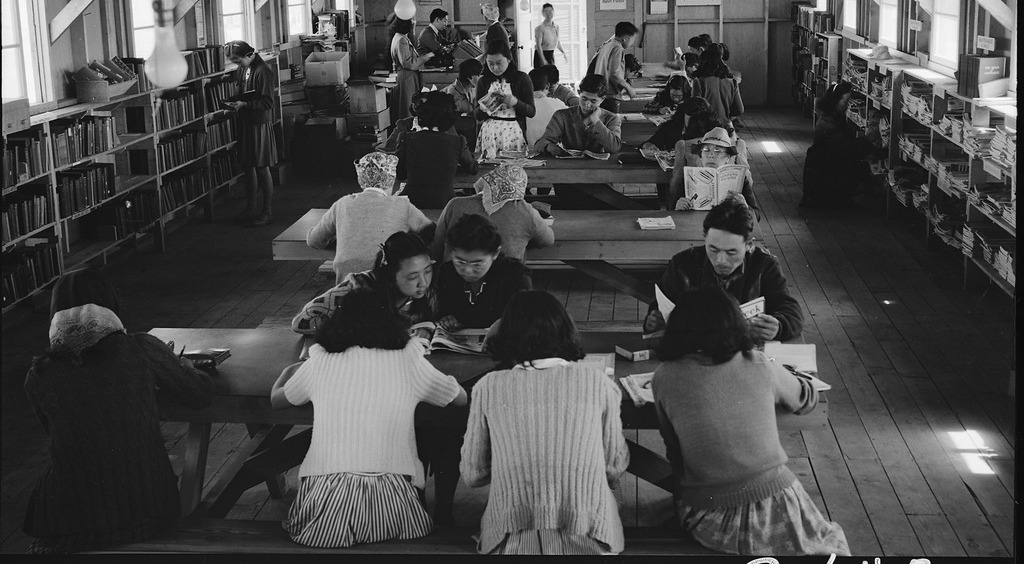May 15, 2023
Since launching the Densho Encyclopedia in 2012, we’ve published 1,500 articles on Japanese American history written by expert scholars and public historians — making it the go-to resource for many students, researchers, and anyone looking to learn more about WWII incarceration. In fact, over 300,000 users from around the world visit this free digital resource every year.
Even though the Encyclopedia is free to access, it still incurs costs to operate and maintain. And after 11 years, it’s in need of major technology upgrades and content updates. We hope you’ll consider a donation to Densho to ensure the Encyclopedia continues to be a valuable community and educational resource!
Here’s a look at our top five most-read encyclopedia articles.
#5 – Tanforan Assembly Center
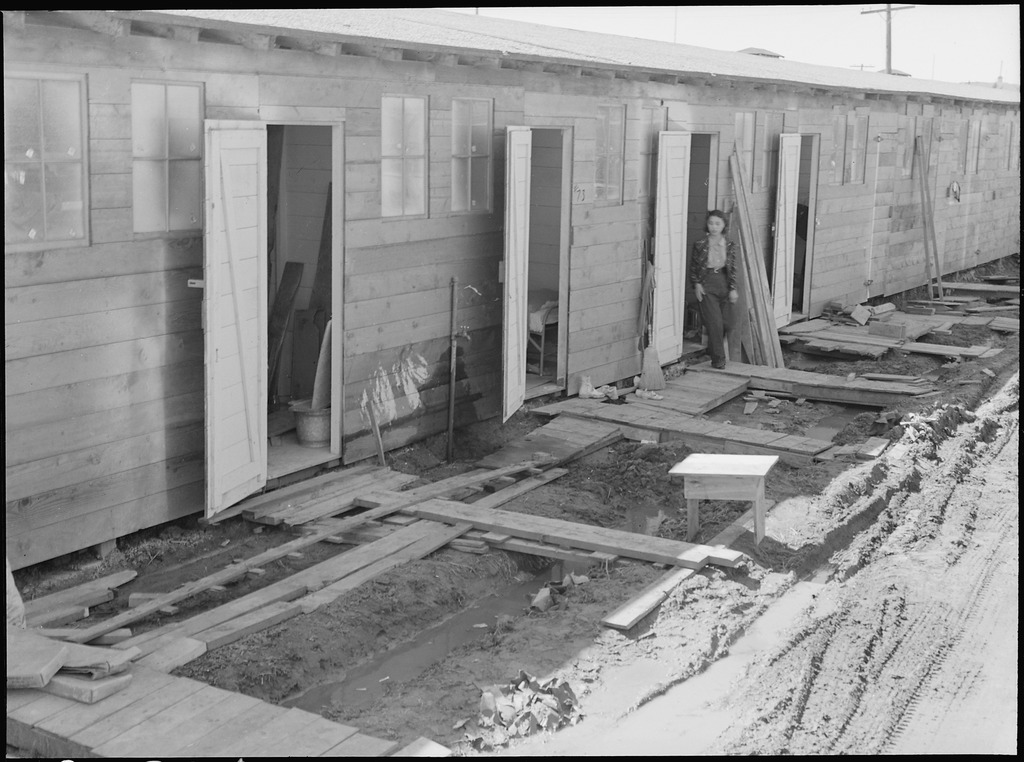
Tanforan was the second largest of the temporary “assembly centers” where most Japanese Americans spent the first few months of WWII incarceration, before being transferred to more permanent, and more isolated, War Relocation Authority concentration camps. This updated article by scholar Konrad Linke expands on a previous version to provide new information on the physical layout of Tanforan, the people imprisoned there, activities and daily life in the camp, and more.
>> Read more
#4 – The Civil Liberties Act of 1988
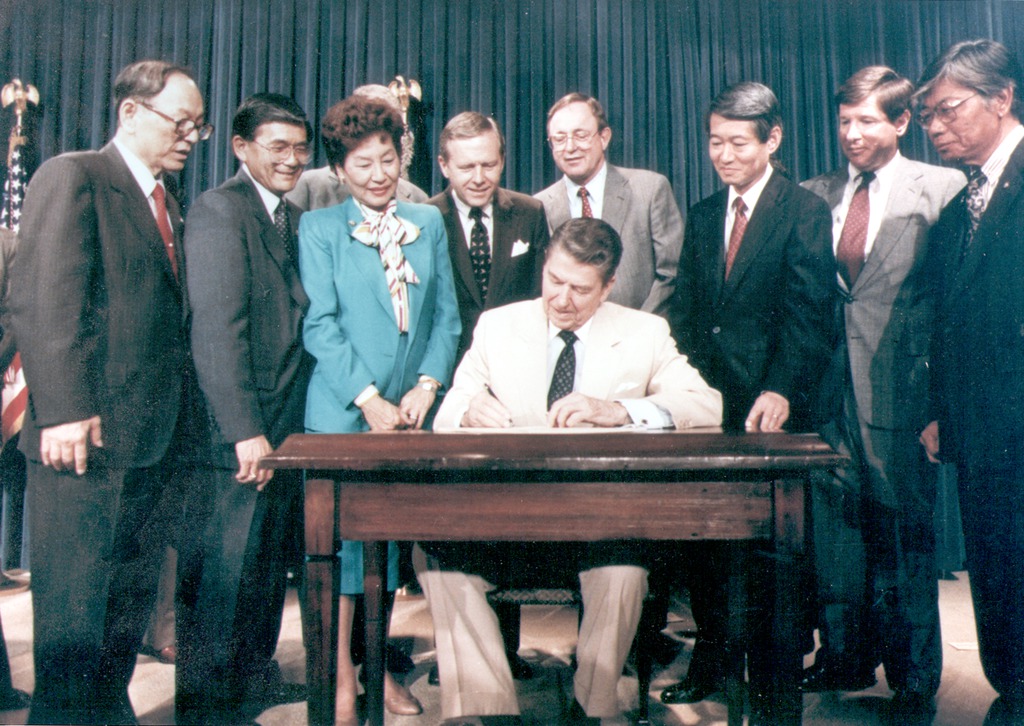
After more than a decade of grassroots organizing by Japanese Americans and allies, the Redress Movement culminated in the landmark Civil Liberties Act of 1988, which granted a formal apology and $20,000 in monetary redress to survivors of WWII incarceration. Writer and filmmaker Sharon Yamato gives an overview of this milestone moment in Japanese American history.
>> Read more
#3 – Japanese Americans in the military during World War II
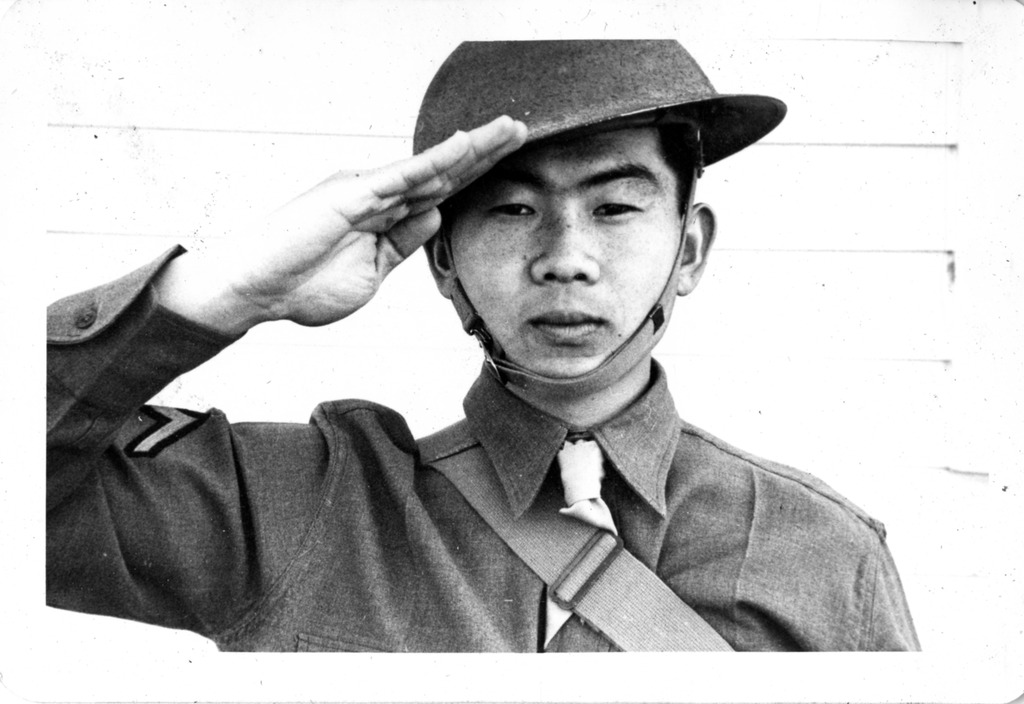
Much decorated for their valor and often cited as being part of the most decorated unit in World War II for its size and length of service, Japanese Americans served in the US armed forces in disproportionate numbers, despite having their loyalties questioned after the Japanese attack on Pearl Harbor. This article by Densho Content Director Brian Niiya takes a look at these men and women’s military service during WWII.
>> Read more
#2 – The Loyalty Questionnaire
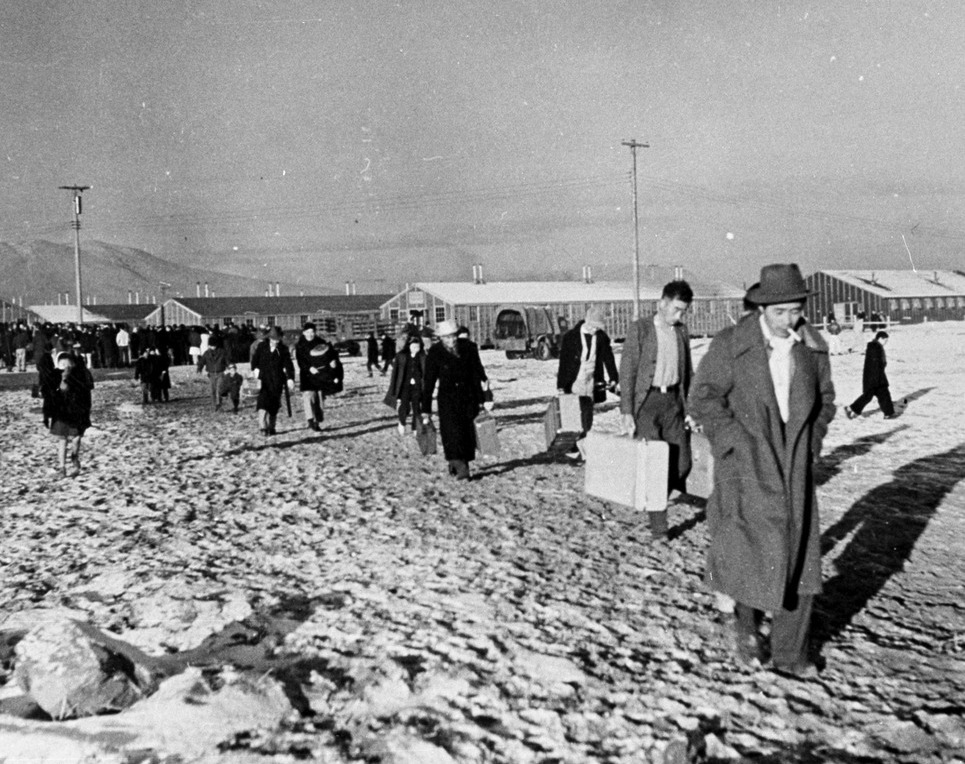
In early 1943, the government administered the infamous “loyalty questionnaire” in an attempt to assess the loyalty of Nikkei citizens and immigrants being held in US concentration camps—provoking widespread resistance and resentment. Cherstin M. Lyon, author of Prisons and Patriots: Japanese American Wartime Citizenship, Civil Disobedience, and Historical Memory, delves into the origins of the loyalty questionnaire and its disastrous consequences.
>> Read more
#1 – Psychological effects of camp

Coming in at number one is a look at the wide range of psychological impacts that Japanese Americans experienced as a result of their wartime incarceration. Donna K. Nagata, a leading scholar on the long-term psychosocial impacts of the incarceration, explores how this traumatic event shaped Japanese Americans’ lives many years, and multiple generations, after the end of WWII.
>> Read more
[Header: Japanese Americans reading in the library at Tanforan Assembly Center. Courtesy of National Archives and Records Administration.]
